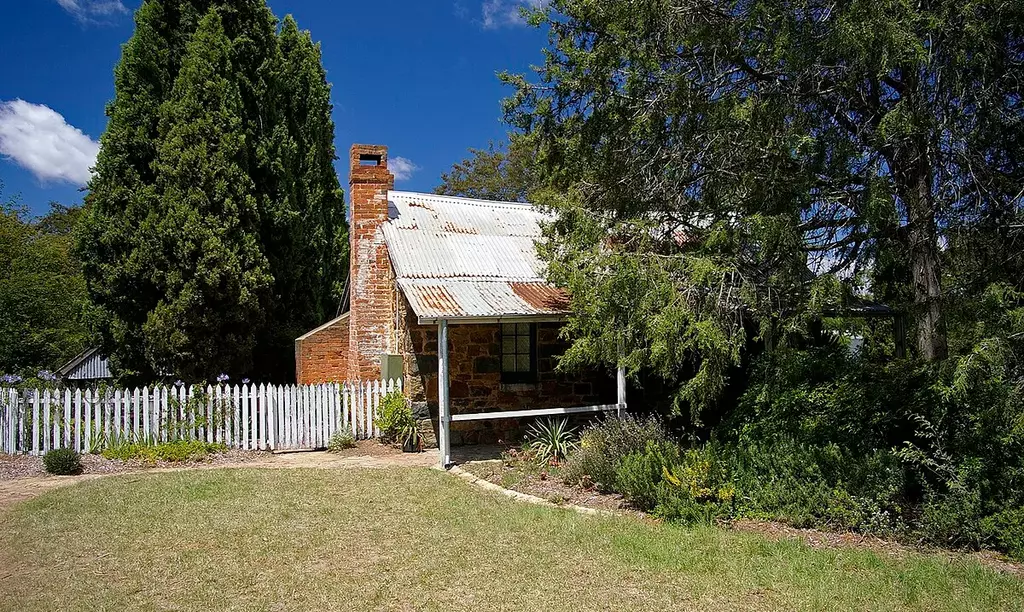Blundells Cottage

- Blundells Cottage is a historic stone cottage located on the northern shore of Lake Burley Griffin in Canberra, Australia. Built in 1860, it is one of the oldest surviving European buildings in the city and serves as an important reminder of Canberra’s rural past, long before it became the nation’s capital. The cottage was originally constructed by George P. Campbell, a wealthy landowner, for his station manager, William Ginn. Over the years, it became home to several working-class families who played a role in the region’s early development.
- The cottage is built using local stone, with thick walls and a shingled roof, reflecting the simple yet sturdy construction methods of the time. Inside, it consists of two rooms, a kitchen, and a loft, showcasing the modest lifestyle of its former residents. Over the years, various families, including the Blundell family, occupied the house, giving it its current name. George Blundell and his wife, Flora, lived there for over 50 years, raising their children while working on nearby pastoral properties.
- Today, Blundells Cottage is a museum managed by the National Capital Authority (NCA), offering visitors a glimpse into 19th-century rural life. The cottage has been carefully preserved and furnished with period-appropriate artifacts, including handmade furniture, household tools, and clothing, allowing visitors to step back in time and experience the living conditions of early settlers. Guided tours and educational programs provide additional historical context, making it an engaging site for history enthusiasts and school groups.
- Situated near the scenic Lake Burley Griffin, Blundells Cottage is a popular heritage attraction, easily accessible from central Canberra. The surrounding parkland provides a peaceful setting for visitors to explore after their tour. As one of the few remaining structures from Canberra’s pre-capital days, the cottage serves as an invaluable link to the city’s early European settlement history, reminding visitors of the hardworking families who shaped the region long before it became the political heart of Australia.
